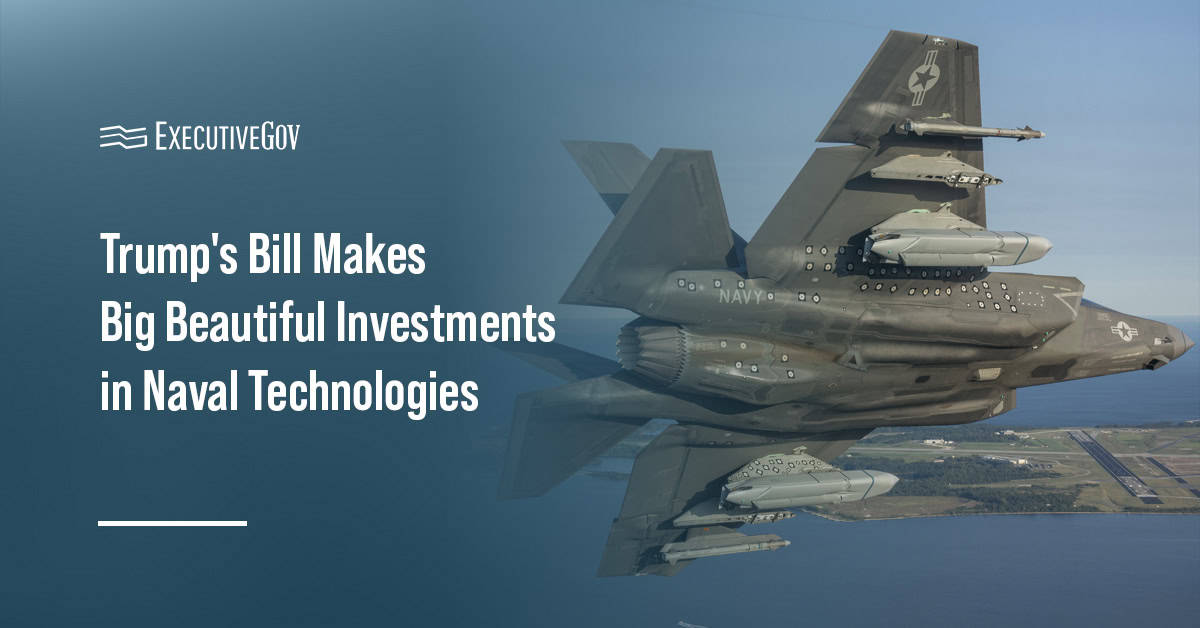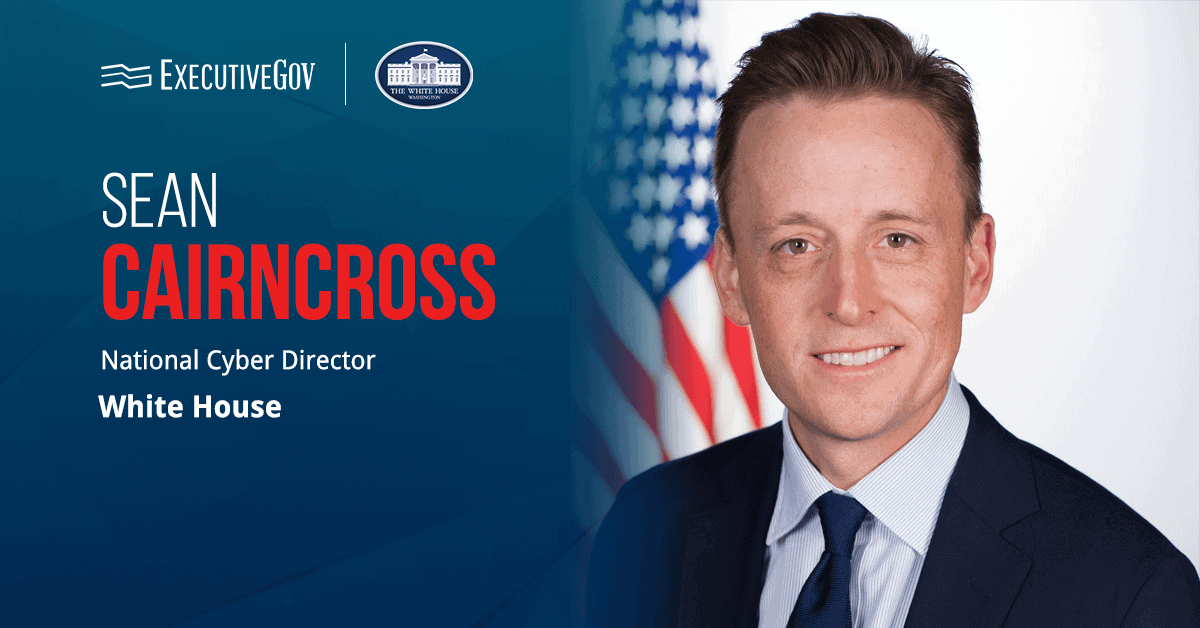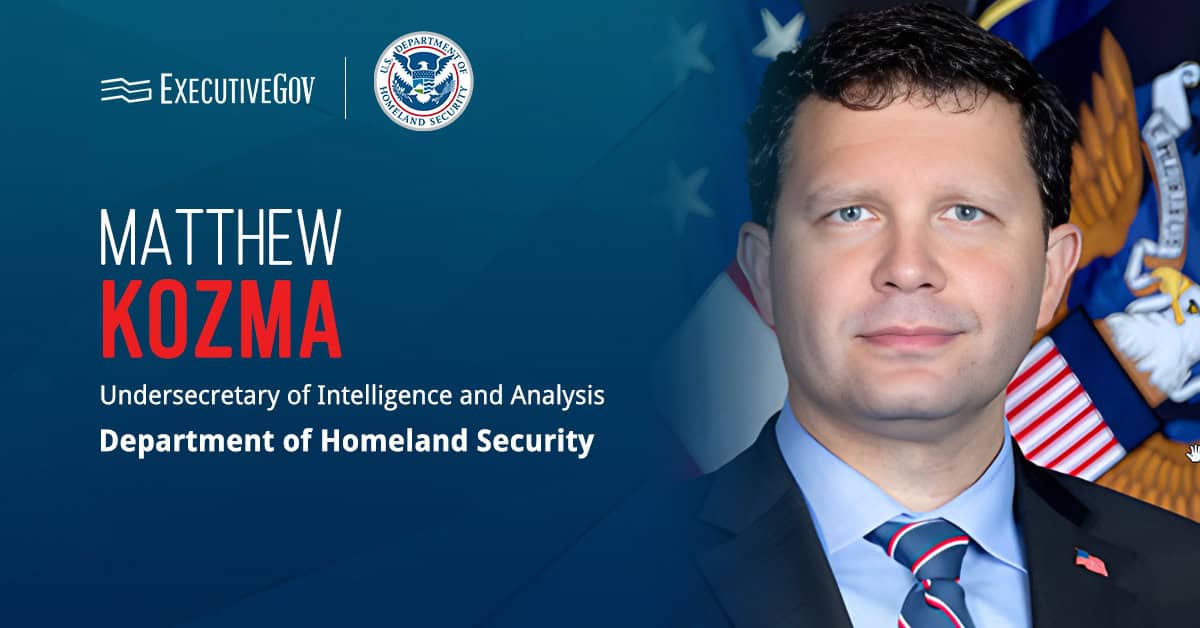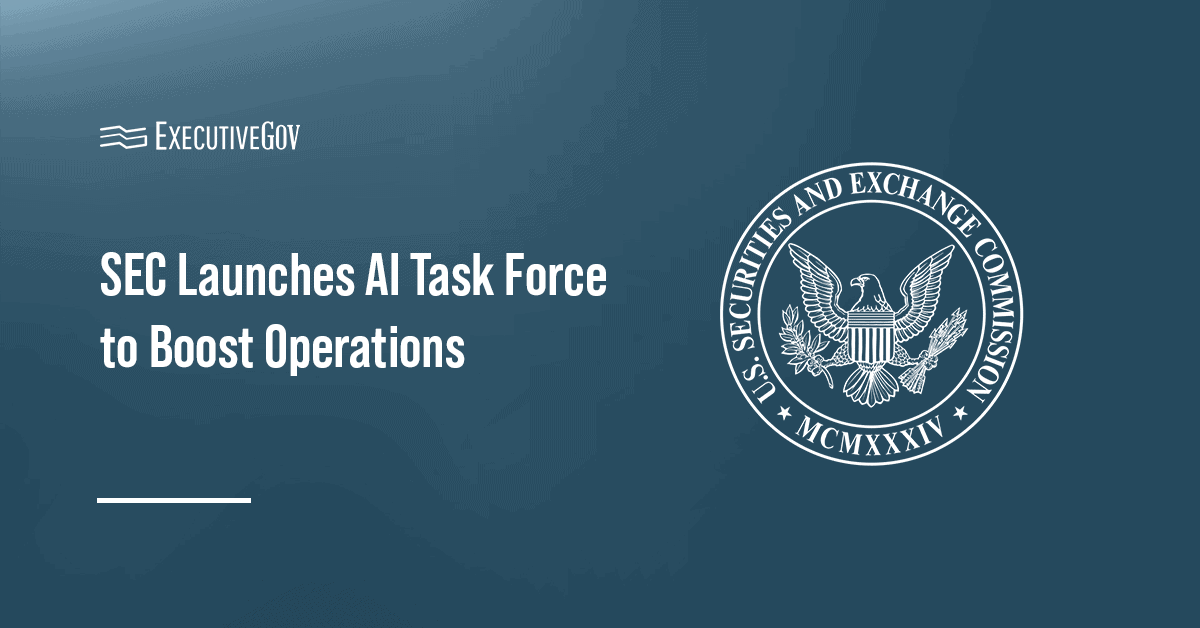The National Institute of Standards and Technology has released the fourth revision of Special Publication 800-63-4, or the Digital Identity Guidelines.
NIST said Monday the new revision is intended to address the evolving digital landscape that has taken shape since 2017, the last time the SP was revised.
Table of Contents
Digital Identity Guidelines Proposed Changes
Revision four introduces updated guidelines defining the process and technical requirements to meet digital identity assurance standards for proofing, authentication and federation. This includes changes to security and privacy requirements and strategies that can be adopted to make digital identity systems more user-friendly. Furthermore, the entire suite of documents has undergone significant content revisions.
What Is Special Publication 800-63-4?
SP 800-63-4 is a set of guidelines designed to ensure the security and privacy of people using government services. The Digital Identity Guidelines manage and outline specific technical requirements for identity proofing, authentication, enrollment, management processes, authentication protocols and federation for government information system users, including employees and contractors. The guidelines also provide recommendations, although they are not meant to restrict the use or development of external standards.
Before the release of revision four, the NIST sought public comments on its draft version. The draft included input in 2023 by stakeholders across private industry, federal agencies, advocacy groups and the broader public.














